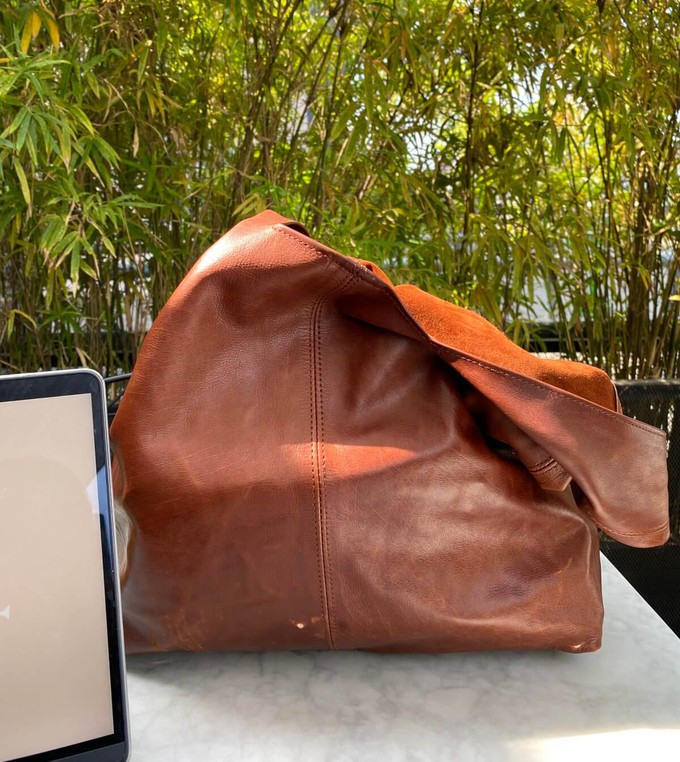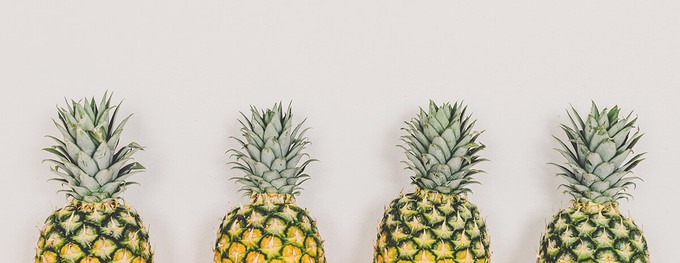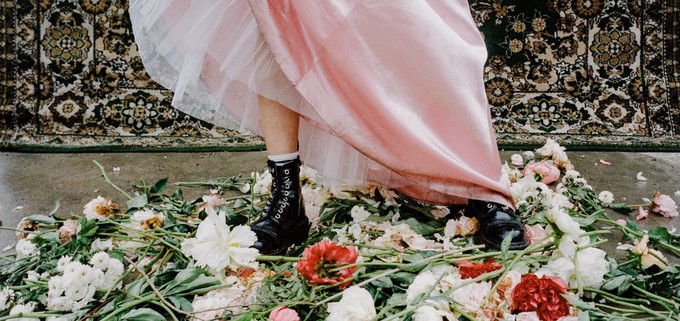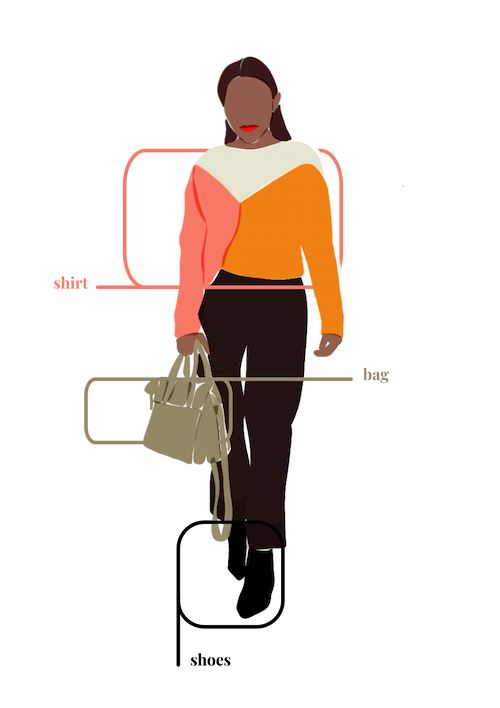- Clothes
- Bags
- Accessories
-
Inspiration
- Shoes
Is “Sustainable Leather” Even a Thing? (It’s Tricky)

There’s no way around it: when you’re working towards a more ethical clothing lifestyle, leather is a grey area.
If you’ve heard of “sustainable leather”, you might be wondering if it’s actually a thing.
In fact, I was sad to see one of our partners, Alohas, be called out on social media for using that term in their marketing.
So, I thought I’d provide some context and answer the most common questions, putting together a simple guide to help you make informed decisions: can leather be sustainable?
Let’s look into it.
“Ethical” or “sustainable leather”: why it’s tricky
Overall, in fashion:
- “Ethical” is mainly used when talking about moral principles, like whether a garment is cruelty-free or who made it and in what conditions they worked
- “Sustainable” is mostly associated with “eco-friendly” and whether something is kind towards the planet
However, despite this popular difference between ethical and sustainable clothing, I don’t believe you can have one without the other. Fashion must be intersectional.
And that’s what makes the conversation around “sustainable leather” more challenging, even when talking about the eco-friendly side of things: it’s obviously made from dead animals.
How sustainable is leather, in general?

Sustainable advantages of leather
- Mostly a by-product – This helps reduce the waste generated by the meat industry. If those leftovers hides were discarded and sent to landfills, they’d result in even higher carbon emissions
- Biodegradable
- Durable – By caring for leather, you can usually make it last for decades, reducing your waste and environmental footprint
Leather sustainability issues: how is leather unsustainable?
- It comes from livestock – Of course, the main problem is the ethical side of things. From an environmental perspective, though, it’s worth noting that livestock is considered to be responsible for 11.1-20% of global greenhouse gas emissions. It’s also the world’s largest user of agricultural resources and lands and one of the main causes of deforestation, which leads to biodiversity loss and contributes to climate change even further
- Not always a by-product – Sadly, some cows are only bred for leather. So, this material has a higher environmental and ethical cost
- Energy- and chemical-heavy processes – Traditional leather tanning and dyeing also have a negative impact on the planet (for example, their polluting wastewater is often released in rivers untreated)
Leather can be more or less sustainable than vegan leather

If you’re vegan, choosing faux leather is a no-brainer because it doesn’t involve livestock and is therefore cruelty-free. If you’re looking at it from an environmental perspective, it gets even trickier (oof!).
- Vegan leather tends to have lower carbon emissions (15.8 kg per square metre vs 17.0 for real leather). It can be made with recycled plastic, and some types of vegan leather come from natural sources like pineapple leaves, apple peels, or mushrooms
- Unfortunately, though, most vegan leather is made with new plastic and has an extremely polluting production process. It’s less durable (= more waste), and it doesn’t biodegrade naturally. Sadly, most fruit and vegetable leather still involves a plastic coating
So, is “sustainable leather” a thing?
Kind of.
It’d be misleading to call all leather sustainable just because it’s a durable material. While it's never cruelty-free, though, some leather can definitely be more sustainable than others.
For example, the most sustainable leather:
- Is an actual by-product of the meat industry
- Involves vegetable tanning (kinder towards the planet) instead of traditional chrome tanning
- Was processed in certified tanneries that reduce their water and energy use and don’t release untreated wastewater
How to choose more sustainable leather and reduce your environmental impact when wearing it

If you’re happy to stick to leather but want to be more mindful about it, here are 5 simple tips:
- Care for your leather garments – Reduce both waste and the environmental footprint of an item by helping it last as long as possible
- Consider second-hand leather clothes – That way, you’ll reduce waste by saving that garment from landfills, and you’ll also “by-pass” the production process, the most polluting phase
- Look for sustainable leather – Is a brand telling you what leather they’re using and how their garments were made? Is their leather vegetable tanned? Have they got any third-party certifications? If they’re not transparent or only say “sustainable leather” without any context, it could be greenwashing
- Shop mindfully – For example, stick to fewer but higher-quality leather items that were made sustainably and that match your style, not temporary trends. Look for brands that make their clothes with both the planet and garment workers in mind
- Find sustainable leather garments on Project Cece – Worried it’s going to be hard to check whether an item was made with sustainable leather? Don’t be. We’ve done the hard work so you don’t have to, bringing hundreds of fairtrade brands in one place and adding filters to simplify your choices. This includes plenty of more eco-friendly leather garments, with information about what makes each brand and item sustainable
Overall, this material is never cruelty-free, and it’s not automatically eco-friendly either, but depending on how it’s made, it can definitely be kinder towards the planet.
So, now you know exactly what to focus on to find—and most importantly, to rewear—sustainable leather.
Share our story
Related articles
Non-Vegan Clothing Materials from Animals (Beyond Leather)
You might be wearing... bones or crushed insects! If you’re aiming for a fully vegan wardrobe, avoid these sneaky clothing materials derived from animals.
What’s the Most Eco-Friendly Vegan Leather? (And Which Ones to Avoid!)
Vegan leather is always better for the planet, right? Well, not really. So, here are the pros & cons of popular eco-friendly vegan leather alternatives.
Leather vs Vegan Leather: What’s ACTUALLY More Sustainable?
Bad news: it’s not a one-word answer. Good news? We created a simple real leather vs vegan leather comparison to help you make the right choice for YOU.
Project Cece is a platform that collects ethical fashion from vetted brands and shops in one place. Browse ethical fashion for women and men and find items that fit your style, budget and values!

_large.png)


